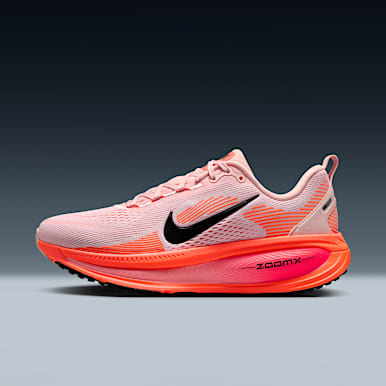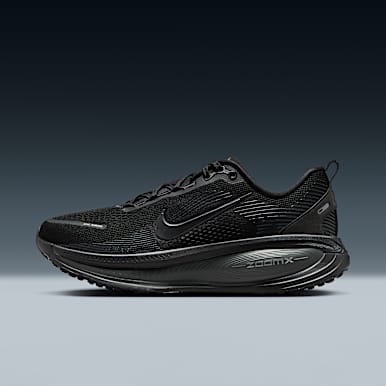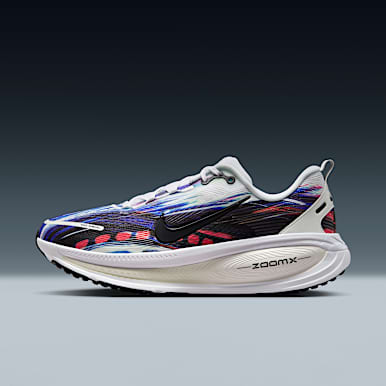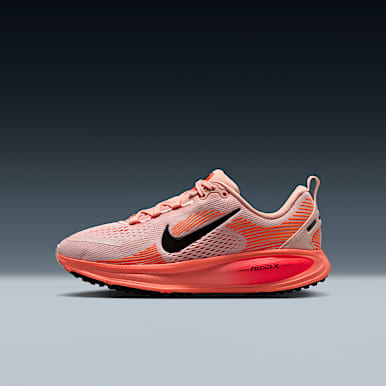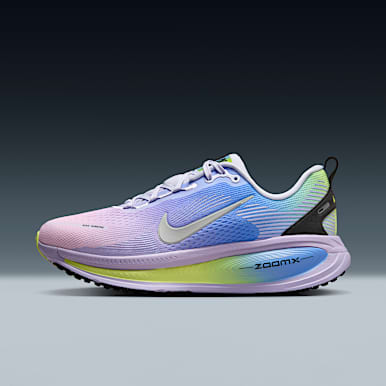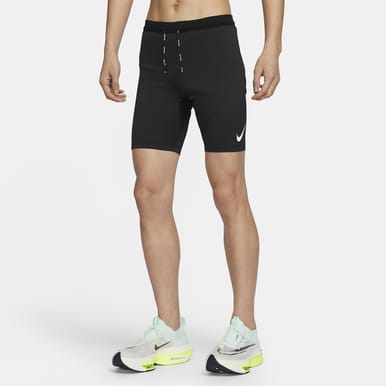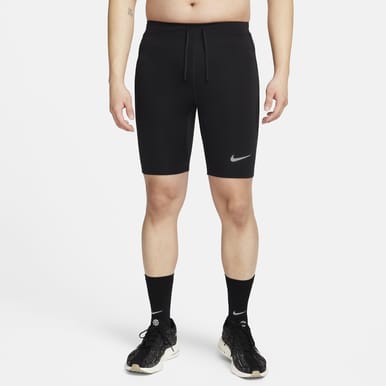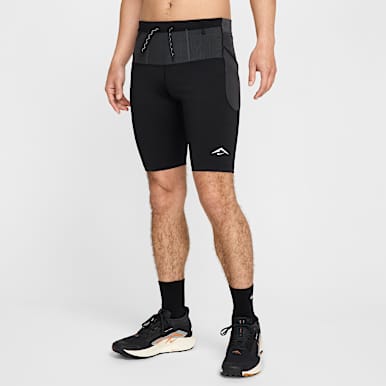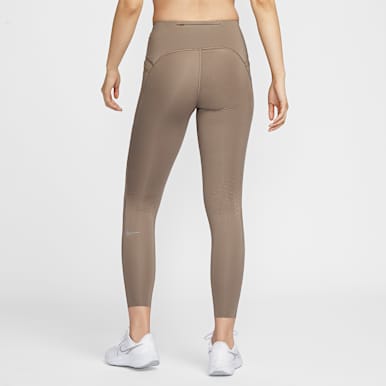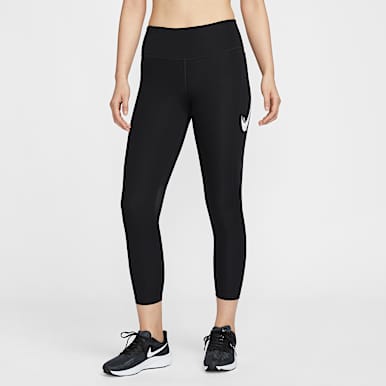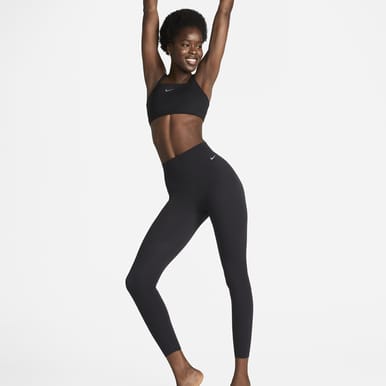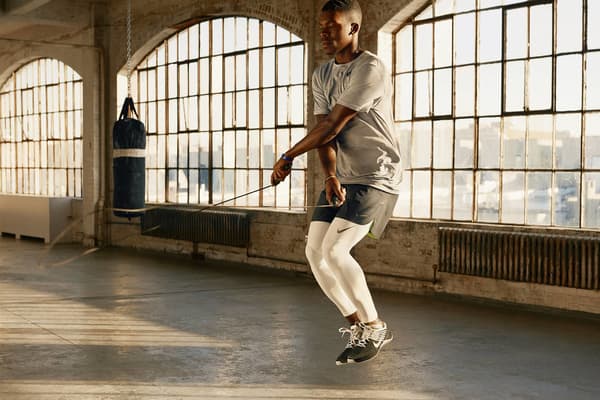The 5 Benefits (and Drawbacks) of Running on a Treadmill, According to Experts
Sport & Activity
Run safely, build confidence, reduce impact and do much more with treadmill runs.

Given the choice, some runners prefer hitting the road to logging miles on a treadmill. However, experts suggest there are several benefits to including treadmill running in your weekly rotation.
5 Potential Treadmill Benefits
1.It Can Help Improve Your Running Cadence
The treadmill can be a great place to shore up your running cadence. Also known as step frequency, running cadence is simply the number of steps per minute, or SPM, you take while running.
"For many runners, the quickest way to reap substantial benefits is to change their running cadence", said Jack McNamara, M.S.c., CSCS, NASM-CPT and a clinical exercise physiologist who specialises in coaching running techniques.
A faster cadence, or taking more steps per minute, encourages shorter, smoother strides, which can reduce the load on your joints and bones. "That translates to less impact on the lower back, knees and hips, and a reduced risk of injury", McNamara said.
Because the treadmill moves at a fixed speed, it's a great place to practise running at a faster cadence for a given pace, he said.
But before you can improve your running cadence, you have to identify your current cadence. You can measure it by setting a timer for 20 seconds and counting the number of times your feet hit the ground. Multiply that number by three to get your steps per minute. Or film yourself and count your steps that way.
Take your cadence and add 5 percent. That's your target cadence. So, if your running cadence is currently 150 SPM, your target cadence becomes approximately 157 SPM. "Once you can comfortably maintain a 5K pace at your target cadence, add another 5 percent and repeat", McNamara said.
For context, McNamara said that the original 'optimal running cadence' of 180 SPM originated at the 1984 games, "when [athletics coach] Jack Daniels observed that the fastest and most efficient runners took at least 180 steps per minute, regardless of their size or gender". However, as McNamara pointed out, it's critical to remember that, for most runners, 180 SPM is not a universal rule—especially for those who run recreationally.
For example, those who are taller will naturally take fewer steps per minute and have a lower cadence, said Claire Bartholic, an ASFA-certified running coach.
"When people run at cadences too slow for their optimal mechanics, they compensate by overstriding, locking out at the knees and striking the ground hard with the heel", McNamara said. This can cause your gait to become bouncy and inefficient, placing unnecessary stress on your muscles, joints and bones, and ultimately increasing your risk of injury.
Light and quick steps are more efficient, Bartholic said, as they prevent you from bounding with each stride.
"At a faster cadence, [your] stride length decreases, increasing the likelihood of placing the foot underneath your hips and within your centre of gravity", McNamara said. "Aiming to increase your cadence by just 5 percent could benefit your overall efficiency, leading to a greater running economy for your height and age".
Research published in a 2019 issue of the Journal of Applied Physiology notes that elite and recreational runners alike tend to prefer a running cadence range of 160–200 SPM. Find the cadence that works for you.
If routinely counting your steps sounds distracting, there are other ways you can keep tabs on your running cadence on the treadmill. For example, you can use a fitness tracker that measures this metric, download a metronome app, or create a curated playlist of songs that correspond to your target steps per minute.
2.It Allows You to Run Safely
Running on a treadmill allows you to run safely at any time.
"For many of my fellow women runners and anyone concerned with safety, or who has an unusual schedule, the treadmill offers a safe place to exercise without worrying about crime or street harassment", said Marnie Kunz, a NASM-certified personal trainer and USATF- and RRCA-certified running coach.
The treadmill also allows you to get your workout done regardless of the weather conditions.
"Sure, you could go for a run in snowy, windy and icy conditions, but then you risk falling and suffering an injury", said Kenny Cruz, an RRCA-certified running coach with Blink Fitness.
At the other end of the spectrum, running in extreme heat increases your chances of heat stroke or heat exhaustion. "If you have a treadmill readily available, you can get the miles in without having to deal with any of that", Cruz said.
Another perk? You remove the worry of tripping over potholes or uneven surfaces when you're on a treadmill.
3.It's Easier on Your Joints
The treadmill may be a friendlier option for runners with sensitive joints.
"The treadmill deck is designed to allow a lower impact workout than most outside surfaces, which is great for those who have joint issues or aren't yet used to the pounding forces of running", Bartholic said.
In addition, the authors of a 2014 review in Sports Health found that many runners have a shorter stride and a higher overall stride rate on a treadmill than they do outside. This can mean less impact on knees, ankles and hips.
4.It Allows You to Control Your Workout
The ability to choose a specific speed and incline are two of the major perks of running on a treadmill—especially if you're doing speed work or running hills.
"Speed work, for example, is best done on flat ground so you can run your fastest pace without fighting gravity. If you live in a hilly area, the treadmill might be the only place you can do that", Bartholic said.
On a treadmill, you can simply select your target pace and go.
Meanwhile, hill workouts can help develop muscle tone and improve running economy, but they're not always accessible, especially for those who live in a flat area. The treadmill gives you the ability to create hills ranging from gradual slopes to steep climbs.
5.It Can Boost Your Confidence in Your Athletic Ability
You can use a treadmill to build confidence in your workouts or pace before taking them outdoors.
"Many times, we get so anxious about trying to hit and maintain a certain pace that we actually psych ourselves out. If you're not confident in a certain pace outside, you might aim for it, but quickly fade as it gets harder and the negative self-talk gets too loud", said Bartholic. "On the treadmill, you can let the legs do the work".
Once you're able to reach and sustain a given pace on the treadmill, you might feel more confident when you attempt the same feat outdoors.
However, it's worth noting that some runners may be intimidated by treadmills, especially if they don't have much experience with them. You have to learn how to coordinate your limbs while running on a moving belt. And you have to do this without getting too close to or too far from the monitor. So if you're a treadmill newbie, give yourself time to get used to running on the machine before you try hitting a goal pace.
3 Drawbacks of Running on a Treadmill
1.It Doesn't Work as Many Muscles
Technically, the treadmill belt does some of the running work for you. This means muscles are called into action less for your treadmill workout than the same one done outside.
"The treadmill moves your leg back as opposed to you propelling yourself forwards", Cruz said.
This takes some slack off your hamstrings and small stabilising muscles that would ordinarily kick in to finish your stride cycle. If you rely only on the treadmill for your runs, these muscles won't be as strong as they would if you were running outside.
For example, in a 2017 study in the Journal of Exercise Rehabilitation, a group of young adults who were recovering from an ankle sprain performed a 12-week walking programme on a treadmill or an outdoor track. Those in the outdoor group saw greater improvements in lower body strength and ankle range of motion than those in the treadmill group. The authors of the study note that these findings are on par with past research showing that runners don't flex their ankles as much when running on a treadmill.
This isn't to say that you'll be at increased risk of injury by using a treadmill. In fact, switching up the surfaces you run on can ultimately be beneficial.
"There are some changes in gait when running on a treadmill, but they are minor, especially in recreational athletes", Bartholic said. "There's no evidence that it's significant enough to alter injury risk. But changing surfaces is a good idea to vary your training, so use the treadmill as well as outside running in your training".
In short, it's probably a good idea to balance out your treadmill workouts with outdoor sessions.
2.It Can Be Boring
Many runners find treadmill running monotonous.
"Personally, I find treadmill runs boring because there aren't as many stimuli as there are outside", Cruz said.
What's more, running on a treadmill may mean missing out on the mood-boosting benefits of being outdoors. Research published in 2016 in Scientific Reports found that people who regularly spend time in green spaces (an area of grass or other vegetation in urban environments) have lower rates of depression. Similarly, another 2016 study—this one from the American Journal of Preventive Medicine—shows that going outside is associated with fewer depression symptoms in many people.
It can be tough to stick around long enough to finish your workout when you're bored. However, you can try livening up your treadmill run by watching your favourite TV programme, joining a virtual running class or streaming a virtual run in scenic surroundings.
3.It Doesn't Prepare You for Outdoor Races
A treadmill offers a controlled environment where you can dictate speed and incline without worrying about wind, snow or rain. There are pros to this, but there are also cons. Especially if you're training for an outdoor race, where you're bound to encounter changes in weather and terrain.
"It's important to do some outdoor training to acclimatise your body to the race conditions, such as running on a road, in the wind and in different types of weather", Kunz said.
The Bottom Line
Treadmills can be a helpful tool for improving your running cadence, taking stress off your joints, boosting your confidence, giving you control over pace and incline, and getting in a run in spite of bad weather. However treadmills have limitations, too. For best results, do a combination of treadmill and outdoor running.
Words by Lauren Bedosky

Nike Run Club
Listen to the Guided Runs in the Nike Run Club App and run with some of the best coaches and athletes, like Eliud Kipchoge, Shalane Flanagan and Mo Farah. Our Guided Runs give you the guidance you need to listen to your body, adapt to your training plan and become your own best coach.

